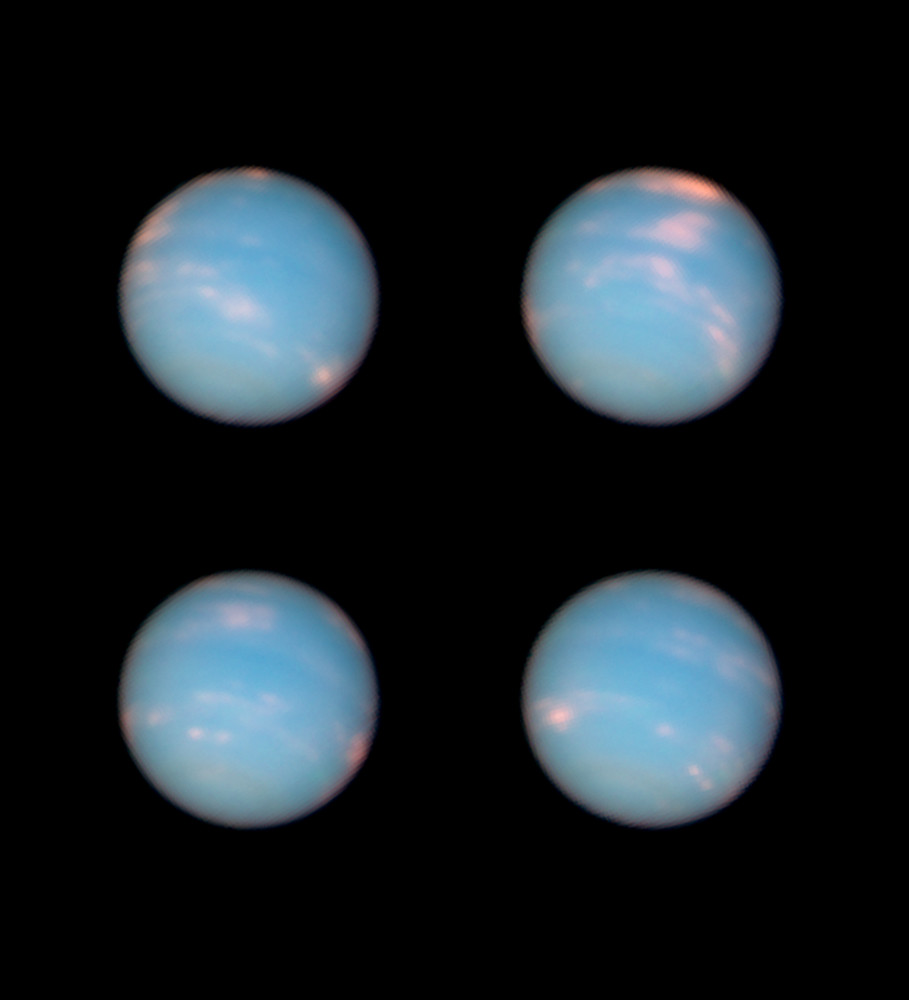Several theories have been proposed about the origins of human life on the Earth – were we created by Brahma? Or the tears of Ra? Formed from dust by the Christian God? Or (if you want to be boring) did we evolve over millions of years from the earliest single-celled organisms on this planet? Well, I have another theory for you: what if life on this planet came from a race of ancient astronauts living on a previously undiscovered ninth planet of our solar system?
Sometimes referred to as Nibiru or Planet X, the idea was first proposed by Zecharia Sitchin in his 1976 book The 12th Planet. Sitchin was working on his interpretation of ancient Sumerian texts that he claimed discussed the existence of another world within our solar system – one on an incredibly long elliptical orbit of the Sun that takes 3,600 years to complete.
Supposedly, this planet is home to the super-advanced Anunnaki race, who came to Earth in search of gold roughly 450,000 years ago. Instead of mining it themselves, they merged their DNA with Homo erectus to get the monkeys to do the work. After this came some extraterrestrial civil unrest, with the workers on the expedition to Earth being unhappy with their overlords back on Nibiru (one can only assume several million miles away by now), they mutinied and started to teach the humans about civilisation.
This may all sound like a load of nonsense to you, but what if I told you that serious scientists are currently investigating the existence of an actual ninth planet within our solar system – surely, that would mean that the story is true!
Well, not exactly. For a number of very straightforward reasons.
The timelines do not fit
Although it is widely accepted that Homo sapiens did evolve primarily from Homo erectus, this wasn’t a straight like-for-like swap of one species for another. I am no paleoanthropologist, but a quick search on the interwebs reveals that the transition from one to the other took roughly 1.6 million years, with the earliest specimens of Homo sapiens dating to around 300,000 years ago. If your DNA-merging technology takes over a million and a half years to complete, then I think pickaxes and shovels are a faster option (never mind whatever super-advanced alien mining technology these folks probably could have come up with).

This says nothing of the fact that you’d have to start your process over a million years before you actually first showed up on Earth, according to Zecharia’s timeline. Additionally, the earliest civilisations were forming less than 15,000 years ago… not a quarter of a million years ago. Even with the caveat of “they left and came back”, that is a seriously long game to be playing for the sake of not getting your clothes dirty. And getting into a discussion around why certain people think that non-European civilisations always needed alien intervention is a subject for a whole other article.
Planet Nine isn’t in the right place
Caltech researchers have discovered evidence for an actual ninth planet within our solar system. They claim it might be around 10 times greater in mass than Earth but positioned around 20 times further from the sun than Neptune (or 500 times further than Earth). Sitchin and his proponents do claim that Nibiru is beyond Neptune, so you could be forgiven for thinking that this gives them a whole universe’s worth of wiggle room to claim that Planet Nine fits with their claims, but they also claim that the Annunaki homeworld comes into the “inner solar system” every 3,600 years. The current theory around Planet Nine is that it does not do that, at any point in its orbit, and only completes a full rotation around the sun once every 10-20,000 years. It also doesn’t follow the trajectory that Sitchin claims in his book.
In every metric outside “beyond Neptune,” this actual proposed planet does not conform to any of the ideas around Nibiru.
Planet Nine might not even exist
This would obviously be the most concrete (and the most disappointing) way to disprove the Nibiru claims, but the option remains firmly on the table. Astronomers think they have evidence for this additional planet in the far reaches of our solar system due to perceived gravitational anomalies on several large objects within the ring of space debris beyond Neptune called the Kuiper Belt (referred to as KBOs). These KBOs seem to group together and move in ways that suggest another large object impacting on them from further out in space. But this is not the only explanation.
We do not have the time or equipment to be able to study the entire night sky uniformly. Astronomers have to choose an area to focus their attention to be able to study it accurately. So, what could be happening is a level of bias in the results, as we haven’t looked far enough to see if this happens in other areas of the solar system, particularly the vast areas that the Kuiper Belt covers. What looks unusual right now might just be because we haven’t seen enough to find that it is still common. Other large KBOs may be out there, that we haven’t yet spotted and with masses perhaps as much as that of Earth. These could be impacting the gravitational patterns of these objects.
And then there is the biggest issue – nobody has seen this planet yet. One of the reasons for it remaining as Planet Nine is because the naming of the actual celestial body is an honour reserved for the first person to see it.
Researchers are studying the results they have so far, and they are attempting to work out where in space we might hope to stand a chance of locating this mysterious world. So hope still remains that we might discover a new planet in our solar system for the first time in 180 years (no, we don’t get to count Pluto because a lot of us were taught about it in school, sorry), but there currently is no reason to believe that it will be the home planet to an advanced alien civilisation.



